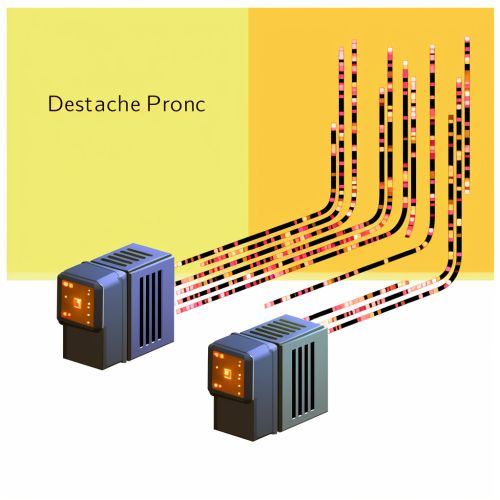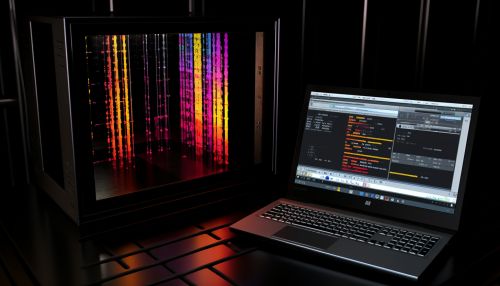Collision (computer science)
Introduction
In the realm of computer science, a collision refers to a circumstance where two different elements produce the same output or result, leading to potential issues in data processing. This phenomenon is particularly significant in the context of hash functions, data structures, and network protocols.


Hash Functions
A hash function is a function that can take an input (or 'message') and return a fixed-size string of bytes, which is typically a digest. The output is intended to be unique for each unique input; however, collisions can occur when two distinct inputs produce the same output, referred to as a hash collision.
Hash collisions can pose significant challenges in computer science, particularly in the realm of cryptography. For instance, if two different inputs produce the same hash output, it can lead to potential security vulnerabilities. This is because an attacker could substitute a malicious input for a legitimate one, without the system being able to distinguish between the two.
Data Structures
In data structures, collisions can occur in structures like hash tables and array data structures.
In a hash table, a collision occurs when two different keys hash to the same index. This can be problematic, as it may lead to incorrect data retrieval. Various methods, such as separate chaining and open addressing, have been developed to handle such collisions.
In array data structures, a collision can occur when two different elements are assigned to the same index. This is typically managed through the use of collision resolution techniques, such as probing and rehashing.
Network Protocols
In network protocols, particularly in computer networks, a collision refers to a situation where two or more devices attempt to send a packet of data at the same time on a shared network. This results in garbled, unreadable data.
Collision detection and avoidance are critical aspects of network protocol design. For instance, in the Ethernet protocol, the Carrier Sense Multiple Access with Collision Detection (CSMA/CD) method is used to detect and manage collisions.
Handling Collisions
Various techniques have been developed to handle collisions in computer science. These include:
- Collision Resolution in Hash Functions: Techniques such as cuckoo hashing, double hashing, and linear probing are used to resolve hash collisions.
- Collision Resolution in Data Structures: Techniques such as separate chaining and open addressing are used to handle collisions in data structures.
- Collision Detection and Avoidance in Network Protocols: Techniques such as CSMA/CD and Carrier Sense Multiple Access with Collision Avoidance (CSMA/CA) are used in network protocols to detect and avoid collisions.
Conclusion
Collisions in computer science, while potentially problematic, can be effectively managed through various techniques and strategies. Understanding the nature of collisions and how they can be handled is crucial for anyone working in the field of computer science.
